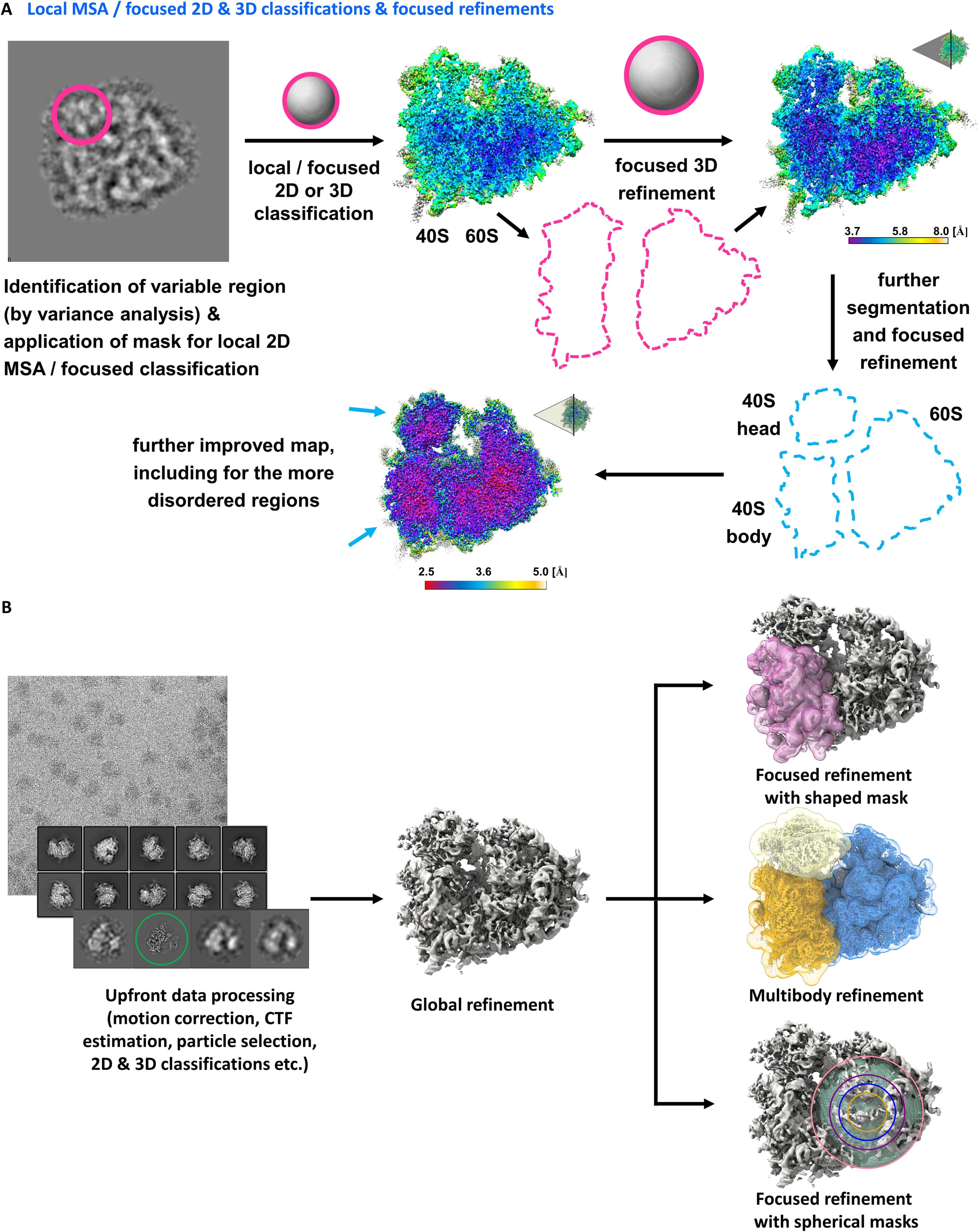Particle Classification Analysis Service | Cryo-EM
Particle classification analysis is a high-resolution structural analysis technique based on cryogenic electron microscopy (Cryo-EM), specifically designed for particle classification and heterogeneity assessment of samples such as nanoparticles, viral particles, liposomes, and extracellular vesicles (EVs). By rapidly freezing the samples and imaging under low-dose electron beams, combined with image processing and statistical methods, this technique enables automated selection, classification, and feature extraction of large numbers of particles, revealing subtle differences in conformation, size, shape, or assembly states within the sample.
Particle classification analysis service is widely applied in areas such as viral vector consistency evaluation, vaccine formulation optimization, development of nano-drug delivery systems, quality control of liposome and vesicle formulations, and structural studies of novel materials. Through precise classification and quantitative analysis, this service helps researchers identify sample heterogeneity, optimize manufacturing processes, improve formulation stability, and provide a solid structural foundation for the development of innovative nanomaterials or biological carriers.
Services at MtoZ Biolabs
Based on an advanced cryogenic electron microscopy (Cryo-EM) platform, the particle classification analysis service based on Cryo-EM offered by MtoZ Biolabs enables high-precision imaging and classification analysis of particles within a sample. The service employs standardized image acquisition and processing workflows to systematically assess particle size distribution, morphological uniformity, and assembly characteristics, making it especially suitable for analyzing microscopic differences in heterogeneous samples. By integrating automated image processing with classification algorithms, the service delivers grouped results based on particle conformation, size, shape, and assembly states. The output ensures nanometer-level resolution and statistical reliability, supporting applications in heterogeneity assessment, quality control, and process optimization.
Analysis Workflow
1. Sample Vitrification
The particle sample is rapidly frozen to liquid nitrogen temperature to form amorphous ice, preserving its native structure and morphology to the greatest extent.
2. Low-Dose Image Acquisition
High-resolution, low-dose imaging is performed using a cryo-electron microscope to obtain large-scale particle datasets with high clarity and minimal interference.
3. Image Preprocessing and Particle Extraction
Raw images undergo denoising, alignment, and automated detection to extract high-quality particle regions for subsequent classification analysis.
4. 2D Classification and Grouping
Using 2D classification algorithms, particles are initially grouped based on morphological features such as shape, size, and conformation, while abnormal or highly heterogeneous particles are removed.
5. 3D Classification and Heterogeneity Analysis
For particles suitable for 3D reconstruction, further classification is performed to analyze variations in assembly state, symmetry, or conformational differences.
6. Data Output and Report Generation
The service delivers classification results, representative images, particle size and conformation statistics, supporting heterogeneity evaluation, sample optimization, and process validation.
Service Advantages
1. High-Accuracy Particle Recognition
Leveraging advanced Cryo-EM imaging and image processing technologies, this service efficiently extracts and identifies various particles within the sample, ensuring comprehensive and accurate analysis coverage.
2. Detailed Heterogeneity Analysis
Using both 2D and 3D classification algorithms, the service precisely distinguishes particles by conformation, size, and assembly state, uncovering in-depth structural heterogeneity within the sample.
3. Quantitative Classification Statistics
Standardized outputs include classification ratios, particle size distributions, and conformational parameters to support quality assessment, formulation optimization, and batch consistency evaluation.
4. Enhanced structural Research Efficiency
With automated workflows and high-throughput analytical capabilities, this service significantly reduces data processing time and facilitates rapid selection of high-quality particles for subsequent 3D reconstruction or structural analysis.
Applications
1. Vaccine and Viral Vector Development
The particle classification analysis service can be used to evaluate the consistency of virus-like particles (VLPs) and gene therapy vectors, helping to screen for high-quality particles with intact assembly and stable morphology.
2. Nanomedicine Formulation Optimization
By classifying particles and analyzing heterogeneity, the service supports formulation refinement and stability studies for delivery systems such as liposomes and polymeric nanoparticles.
3. Extracellular Vesicles and Exosome Research
Through morphological classification and conformational analysis of extracellular vesicles (EVs) and exosomes, this service facilitates the development of disease biomarkers and exploration of biological functions.
4. Characterization of Novel Nanomaterials
The particle classification analysis service can characterize particle conformations and uniformity in self-assembled nanoparticles and engineered vesicles, aiding in material design and performance validation.
Case Study
1. Focused Classifications and Refinements in High-Resolution Single Particle Cryo-EM Analysis
This study aims to address the challenges posed by particle heterogeneity in high-resolution single particle cryo-electron microscopy (cryo-EM) reconstruction, focusing on macromolecular complexes with multiple conformations or compositional variations. The authors propose a cryo-EM–based focused classification strategy, in which masks are applied to selected regions to enable independent classification and refined grouping of particles within those local areas, thereby extracting conformationally homogeneous particle subsets for reconstruction. The results demonstrate that this approach effectively distinguishes different conformations or local variations, significantly enhances the resolution of targeted regions, and improves the overall quality of structural determination. The study concludes that focused particle classification and local refinement are key strategies for resolving sample heterogeneity and enhancing the resolution of single particle cryo-EM analysis, offering critical support for high-precision structural studies of complex biological systems.

Barchet, C. et al. Journal of Structure Biology, 2023.
Figure 1. Concept of Local/Focused Classification and Refinement.
FAQ
Q1: What Types of Particle Heterogeneity Can this Service Distinguish?
A1: It can distinguish differences in particle size, morphological conformation (such as spherical, ellipsoidal, or irregular shapes), assembly state (fully or partially assembled), and aggregation phenomena.
Q2: Can the Classified Data Be Used for 3D Reconstruction?
A2: Yes. The high-quality and highly homogeneous particle subsets obtained through classification can be used for subsequent high-resolution 3D reconstruction in Cryo-EM analysis.
How to order?







